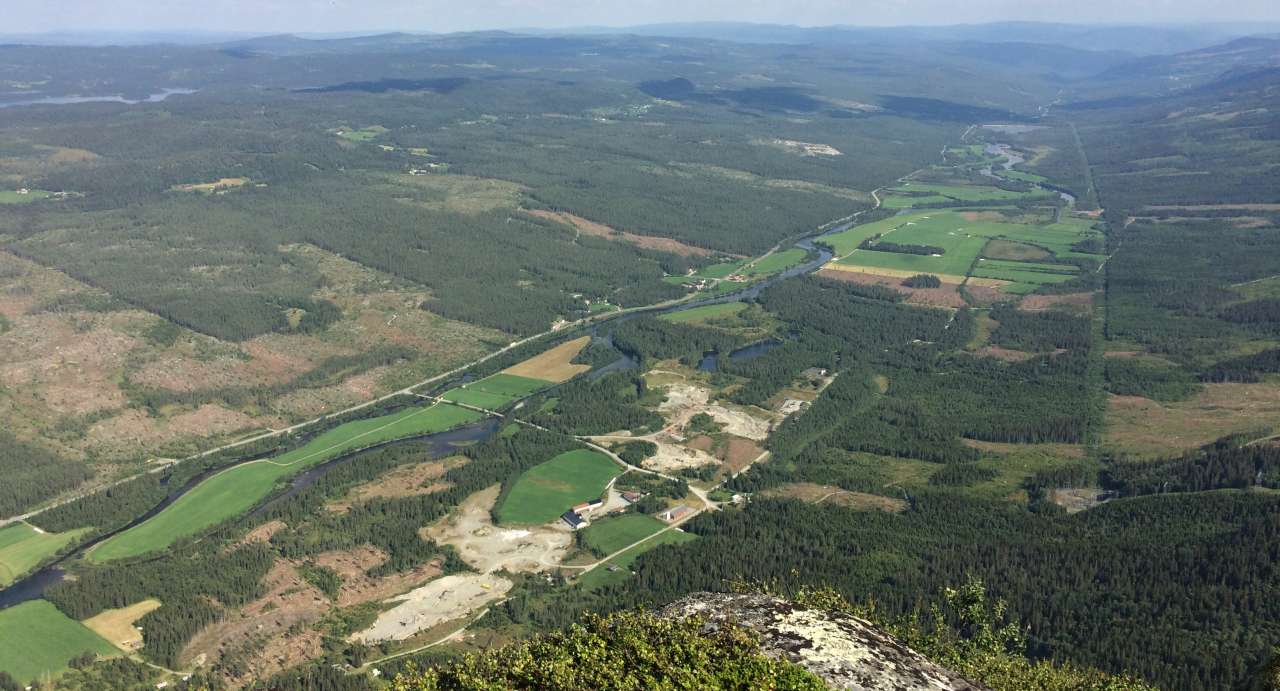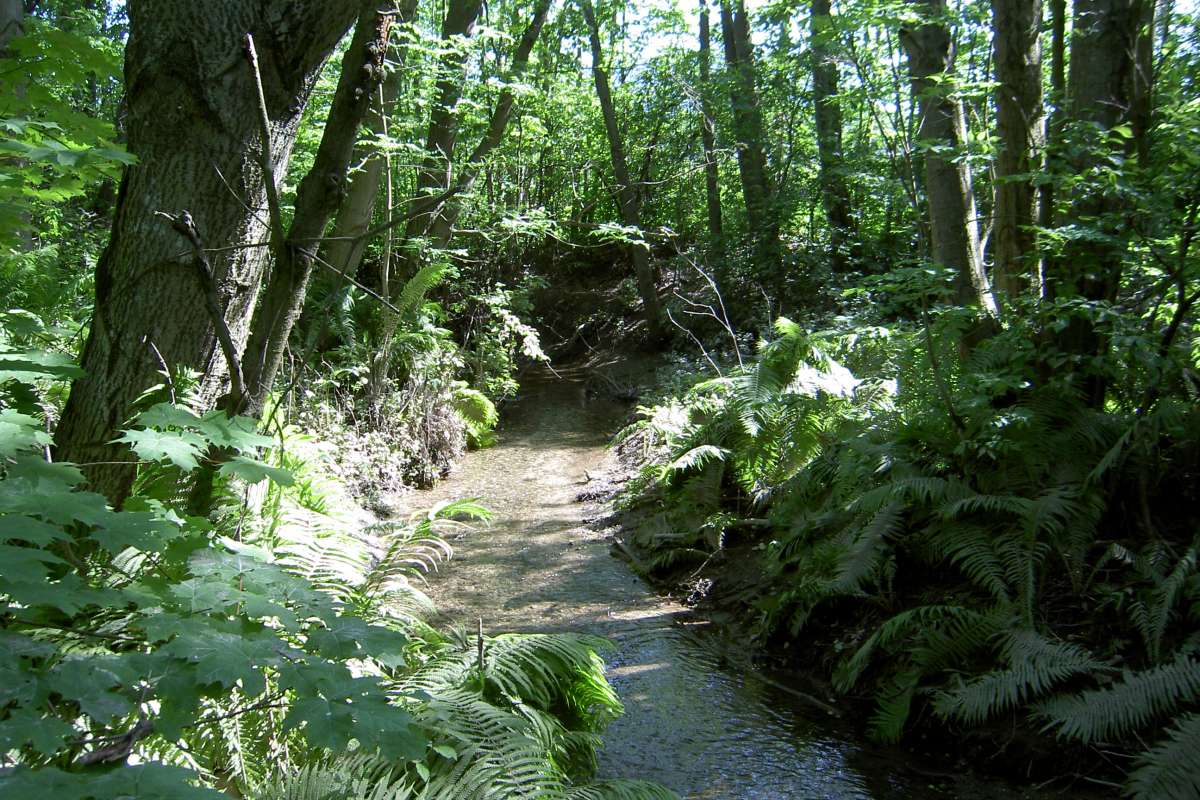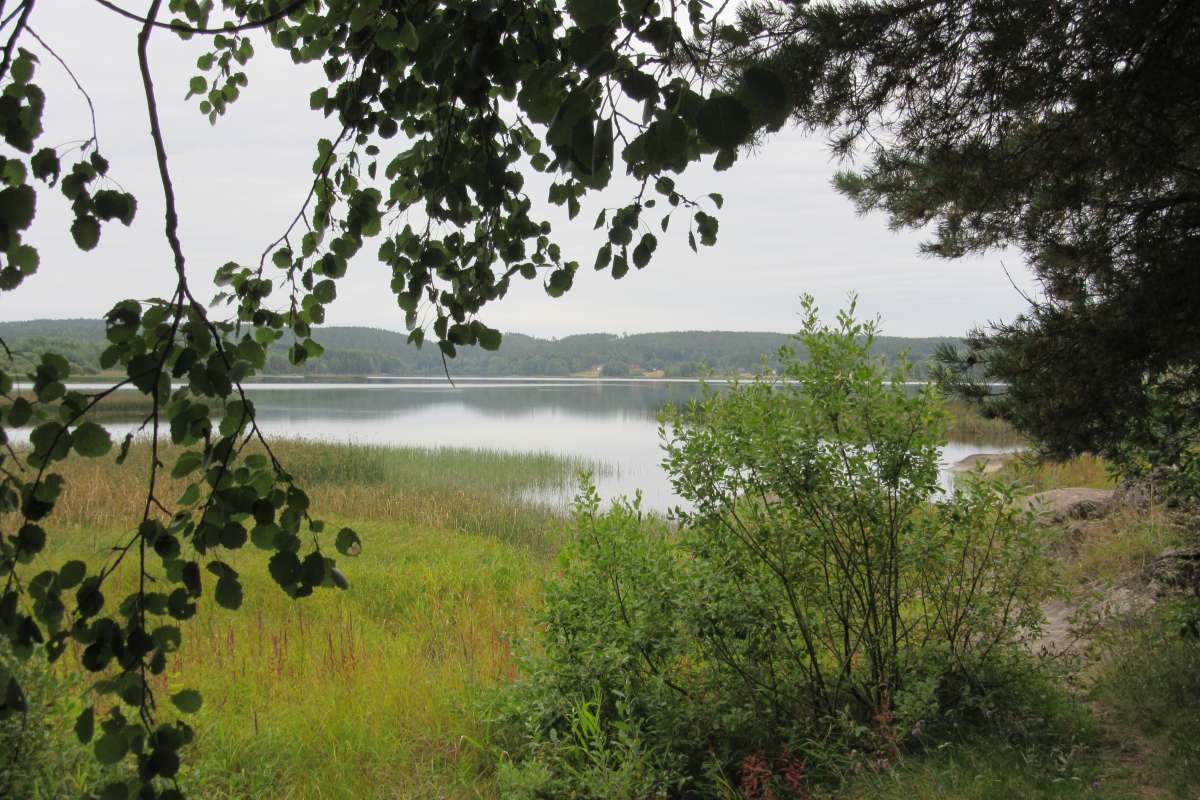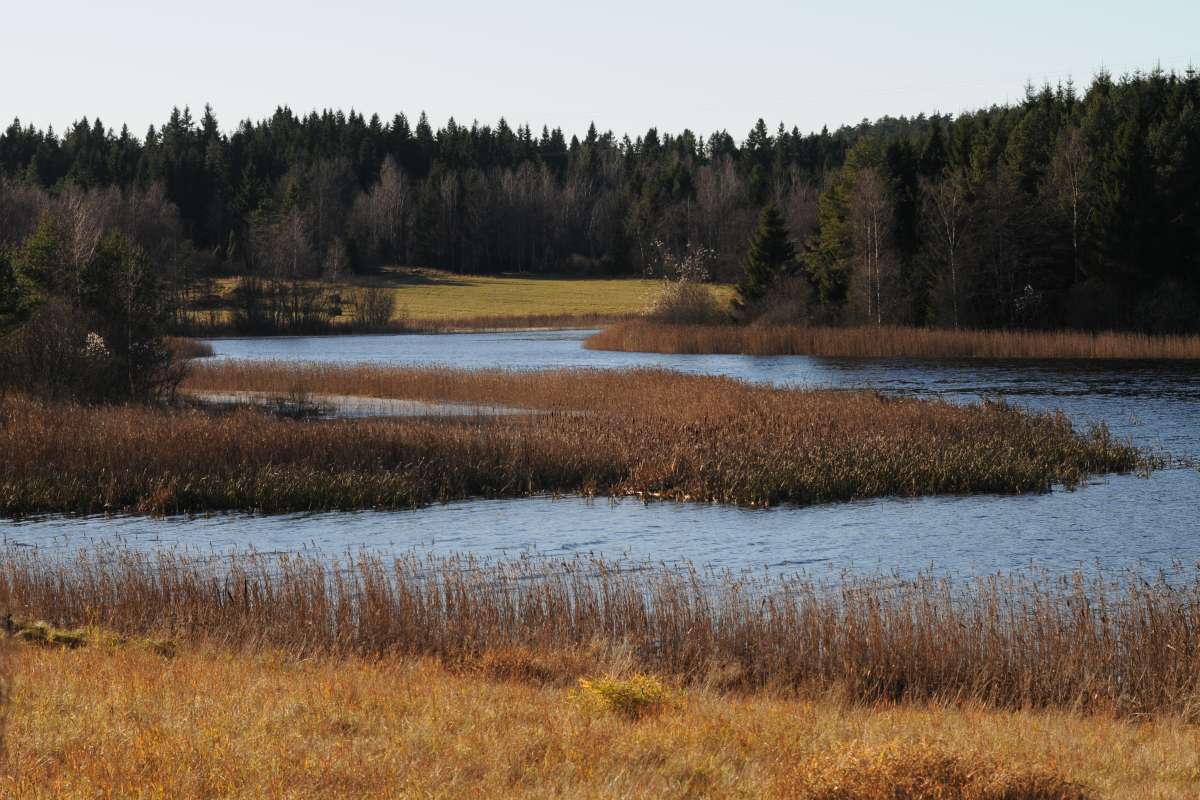Division of Environment and Natural Resources
BIOWATER - Integrating land and water management for a sustainable Nordic bioeconomy

End: jan 2022
Start: jan 2017
BIOWATER is a Nordic Centre of Excellence, with a main goal to examine the impacts of the bioeconomy on land use and freshwater quality and quantity.


| External project link | BIOWATER main website |
| Start - end date | 01.01.2017 - 01.01.2022 |
| Project manager | Eva Skarbøvik |
| Division | Division of Environment and Natural Resources |
| Department | Hydrology and Water Environment |
| Partners | NIBIO – Norwegian Institute of Bioeconomy Research (NO), Norwegian University of Life Sciences (NO), Norwegian Institute of Water Research (NO), Aarhus University (DK), Finnish Environment Institute (FI), Natural Resources Institute Finland (FI), University of Oulu (FI), Swedish University of Agricultural Sciences (SE) |
| Funding source | NordForsk under the Nordic Programme of Bioeconomy |
Through co-operation between stakeholders, scientists and students, BIOWATER will explore how the green shift will influence land use, water quality and quantity. We aim to provide management solutions in the face of potentially competing demands for biomass, land and water resources.
Our main objective is to quantify the combined effects of land use change, climate change and industrial innovation due to the green shift, for catchment-scale carbon, nutrient and water cycles, as well as major ecosystem services (including good ecological status of fresh waters).
BIOWATER consists of eight Nordic partners in four countries (Denmark, Finland, Norway and Sweden). In addition, three collaborating European research institutions act as advisors. BIOWATER also includes a large number of stakeholder representatives across countries and sectors.
A main focus of BIOWATER is our PhD-students, covering different topics of the Centre, in all four countries. BIOWATER is lead by the two Norwegian institutes NIBIO (Norwegian Institute of Bioeconomy Research) and NMBU (Norwegian University of Life Sciences).
Publications in the project
Abstract
Soil loss by erosion threatens food security and reduces the environmental quality of water bodies. Prolonged and extreme rainfalls are recognized as main drivers of soil erosion, and climate change predictions for large parts of the world foresee such increases in precipitation. Erosion rates are additionally affected by land use, which may change as a result of the shift from a fossil fuel-based economy to an economy relying on using renewable biomass, a “Bioeconomy”. In this study we aimed at investigating, through modelling, i) if future changes in land use, due to a bioeconomy, would increase the risk for soil loss and enhance suspended sediment yields in streams and ii) if these changes, when combined with climate change effects, would further aggravate suspended sediment conditions in a catchment. We used hydrological and bias adjusted climate models to compare the effect of seven land use pathways on discharge and sediment transport relative to a baseline scenario under present and future climate conditions. The study was carried out based on data from a small headwater stream, representative for cereal production areas of S-E Norway. By modelling our scenarios with the PERSiST and INCA-P models, we found that land use change had a greater influence on both future water discharge and sediment losses than a future climate. Changes from climate showed strongest differences on a seasonal basis. Out of the modelled land use pathways, a sustainable pathway manifested the least occurrence of extreme flood and sediment loss events under future climate; whereas a pathway geared towards self-sufficiency indicated the highest occurrence of such extreme events. Our findings show that careful attention must be placed on the land use and soil management in the region. To maintain freshwater quality, it will be increasingly important to implement environmental mitigation measures.




